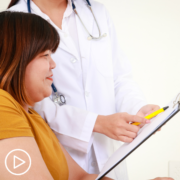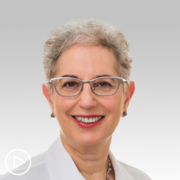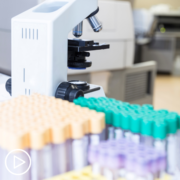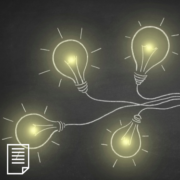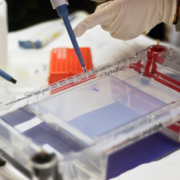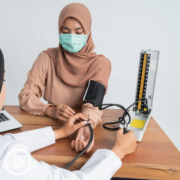How Can Information Disparities on Emerging Therapies Be Addressed?
How Can Information Disparities on Emerging Therapies Be Addressed? from Patient Empowerment Network on Vimeo.
How can gaps in information about emerging myeloma therapies be reduced? Expert Dr. Sikander Ailawadhi from Mayo Clinic discusses some demographic characteristics of information disparities and advice for myeloma experts and patient advocates to help bridge information gaps.
[ACT]IVATION TIP
“…I would highly encourage all my fellow clinicians, educators, researchers, and myeloma academicians to please consider developing some of these thresholds in your clinics so that if a patient is even able to come through the door and sees you, they are able to gain access to resources, or you’re able to bring together higher amount of resources specifically for that patient’s needs.”
See More from [ACT]IVATED CAR T
Related Resources:
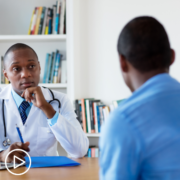
|
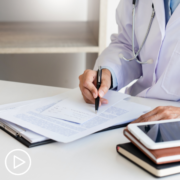
|
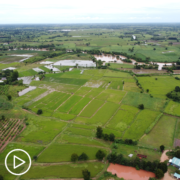
|
Transcript:
Lisa Hatfield:
Recent studies have identified demographic characteristics such as higher education, residency in certain regions, and urban or suburban living as factors influencing awareness and understanding of novel myeloma treatments. How can healthcare organizations tailor educational initiatives to reach underserved populations and address these disparities in access to information and understanding of emerging therapies?
Dr. Sikander Ailawadhi:
Lisa, this is a very interesting and important question. And as you were pointing out, studies that are talking about education level residency in certain geographical regions or urban/suburban areas, and that may be affecting the patient’s understanding and awareness of novel myeloma treatments. I kind of smile a little bit because one of those studies is ours that we conducted in about close to 2,300, 2,400 patients where we surveyed patients about CAR T-cell therapy and bispecific antibodies.
And what we found out is that there were a lot of differences. Patients with higher education where their information was closer to the correct information. I mean, there are sometimes gaps everywhere, but the patients with lower education in certain parts of the country or who identify as being from a rural area, they tend to have many more gaps and misconceptions about treatments.
So, while it was a novel finding, I wasn’t really surprised in seeing that. Because historically, our patients who are in rural areas, who are lower income or lower education strata, they tend to be underserved and underrepresented and just underserved. So what we’re trying our best to do is when we create the education initiatives, we are trying to, one, disseminate it across the board. So for example, studies like this, study gives results. We are working on writing the manuscript and publishing it so that anybody and everybody can read that and find out and say, “Oh, you know what, this is something that the people over at Mayo Clinic in their study found. Most likely it is applicable to us also.
So either we should look for that finding, or we should just try to mitigate it. We should just work on it.” So developing the education material and spreading it far and wide, we are strongly considering also that the results of these studies should be shared with our patients. Why not? I mean, forums like this or even for that matter, our other support group programs and other education initiatives, we are trying to disseminate these study results with the patients because they need to know about it.
And then when we are…as you rightly asked, how are we tailoring these education initiatives? I think the idea is we are trying to disseminate it far and wide. We are also trying to share it with institutions that may have a larger catchment population of these underserved groups. And then when we are putting together these initiatives, these education initiatives…or I should say, from a different standpoint, when patients come to our institution, we have certain triggers that we have set up.
So if somebody is African American or Hispanic, or if somebody in the EMR, in the electronic medical record system, has identified themselves coming from a rural area background, or if somebody has what’s called certain social determinants of health that are captured by the electronic medical record, and if they have some flags there, I think my threshold of getting a social work consult for that person or providing extra education material, that threshold goes down. We have that set up in our clinics.
So certain characteristics will qualify the patient to be able to access more information just because we feel that that is the group that tends to be traditionally underserved. So my activation tip for this question is, while we will try our best to provide information as far and wide as possible, I would highly encourage all my fellow clinicians, educators, researchers, and myeloma academicians to please consider developing some of these thresholds in your clinics so that if a patient is even able to come through the door and sees you, they are able to gain access to resources, or you’re able to bring together higher amount of resources specifically for that patient’s needs.

